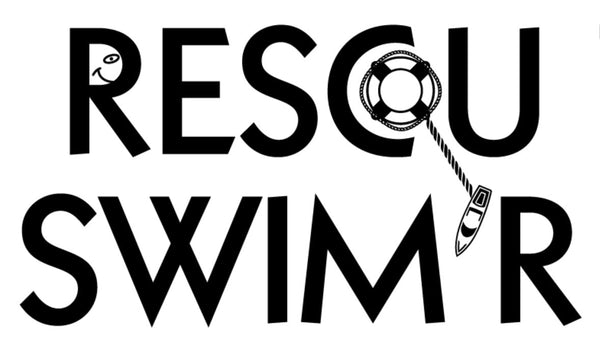HOW DOES RESCU SWIM'R WORK?
HERE'S HOW
Too good to be true?
See it in action.
Many water rescues are done in swift water. Here, you can see how Rescu Swim'r helps to get flotation across currents that are too wide to throw across. On the left screen, Rescu Swim'r is thrown into the water, and a pulling and releasing of the line allows it to move across the current in a step-wise motion. On the right screen, you can see a ring without Rescu Swim'r in the water where the same pulling/releasing technique is being used but the ring remains parallel to the current, never reaching the opposite bank.
First rescue attempt shows how the buoy reacts without Rescu Swim'r. As you can see, the boat operator is unable to get the buoy to the overboard person. In this scenario, the victim is able to swim, isn't wearing clothing that weighs them down, and is wearing a life vest. Furthermore, this took place in the warm waters off the coast of Australia. All of these factors contribute to the ability of the passenger to eventually swim to the circling buoy. However, more often the victim who falls overboard is fully clothed (weighing them down) and not wearing a life vest. These factors combined with cold water shock or inability to swim in general, make swimming to the buoy a non-valid option for a rescue. The second video shows how much faster and safer the rescue is using a buoy fixed with Rescu Swim'r. The buoy travels at an angle to the boat, eliminating the need to circle the victim endlessly.
SOME SCIENCE & STATS






